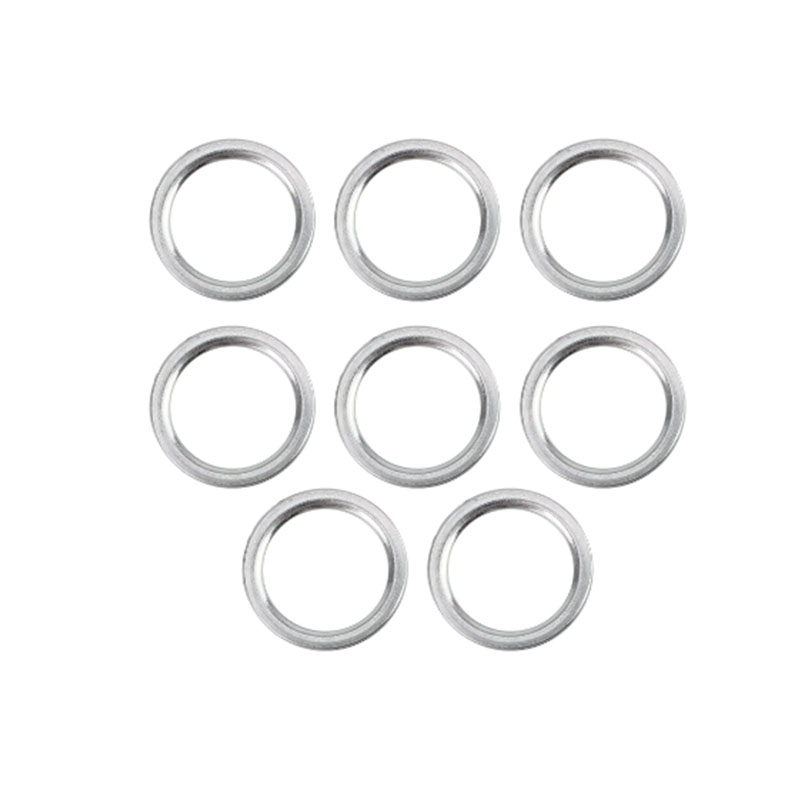Helicoil Installation for Repairing Oil Drain Plug Threads in Engines
Understanding Helicoils for Oil Drain Plugs
When it comes to automotive maintenance, the oil drain plug serves a critical function. It's designed to provide a leak-proof seal for the oil pan while allowing for an easy means to drain oil during regular servicing. However, over time, the threads within which the oil drain plug screws can become stripped or damaged, leading to leaks and making it difficult to secure the plug. One effective solution to this problem is the use of helicoils, which can restore the integrity of the thread and extend the life of the oil pan.
What is a Helicoil?
A helicoil is a coiled wire device designed to repair stripped threads in various applications. It is typically made of stainless steel, which offers durability and resistance to corrosion—an important feature given the harsh conditions oil systems endure. The helicoil is inserted into the damaged thread, creating a new, stronger inner thread that can accommodate the original oil drain plug.
Why Use a Helicoil for an Oil Drain Plug?
1. Cost-Effective Repair Replacing an entire oil pan can be an expensive endeavor, often costing hundreds of dollars in parts and labor. Using a helicoil allows for a simple and cost-effective repair that can save you both time and money.
2. Restores Thread Integrity Stripped threads are a common issue in vehicles with high mileage or frequent oil changes. Installing a helicoil not only restores the original thread pitch but often creates a stronger joint than the factory-installed threads.
3. Ease of Installation The installation of a helicoil is typically straightforward and can often be completed with basic hand tools. While some mechanical knowledge is beneficial, many DIY enthusiasts find that they can tackle this task with relative ease.
4. Durability Helicoils, particularly those made from stainless steel, are designed to withstand the heat and pressure conditions found within an engine. They provide a long-lasting solution that can resist corrosion from engine oil and other contaminants.
helicoil for oil drain plug

Installation Process
Installing a helicoil involves several steps, but it can usually be accomplished with a few tools a drill, a helicoil installation kit, and some basic hand tools. Here’s a simplified overview of the process
1. Remove the Oil Drain Plug Before you can install a helicoil, you will need to remove the damaged oil drain plug and drain any remaining oil.
2. Drill Out the Damaged Threads Use the appropriate-sized drill bit to remove any remnants of the damaged threads. It’s important to be careful during this step to avoid damaging the surrounding material.
3. Tap the Hole After drilling, use a tap to create new threads that are compatible with the helicoil you are installing. Be sure to follow the specifications in the helicoil kit for the correct tap size.
4. Insert the Helicoil Using the installation tool from the helicoil kit, insert the helicoil into the newly tapped hole. Ensure it’s seated properly and fully against the bottom of the hole.
5. Reinstall the Oil Drain Plug Once the helicoil is in place, you can reinstall the oil drain plug. Be sure to torque it to the manufacturer’s specifications, ensuring a proper seal.
Conclusion
Utilizing a helicoil to repair a damaged oil drain plug is a smart and practical solution that combines simplicity, effectiveness, and cost savings. Whether you are a professional mechanic or a car owner looking to undertake some DIY maintenance, understanding how to use helicoils can empower you to perform repairs with confidence. In doing so, you not only enhance your vehicle’s performance but also prevent potential leaks that could lead to more severe damage down the line. So next time you face a stripped oil drain plug, consider the helicoil as a reliable repair option.
-
Your Essential Guide to Car Repair Kits: From Rust to Dings
News Jun.13,2025
-
Understanding Vital Engine Seals: Key Gaskets in Diesel and Performance Engines
News Jun.13,2025
-
The Vital Role of Bearings in Marine and Boating Applications
News Jun.13,2025
-
Sealing the System: A Complete Guide to Engine Oil Gaskets
News Jun.13,2025
-
Sealing the Foundation: A Complete Guide to Engine and Transmission Pan Gaskets
News Jun.13,2025
-
Essential Bearings and Hubs for Marine Vessels and Trailers
News Jun.13,2025
-
Your Complete Guide to Automotive Oil Drain Plugs and Valves
News Jun.12,2025
Products categories















